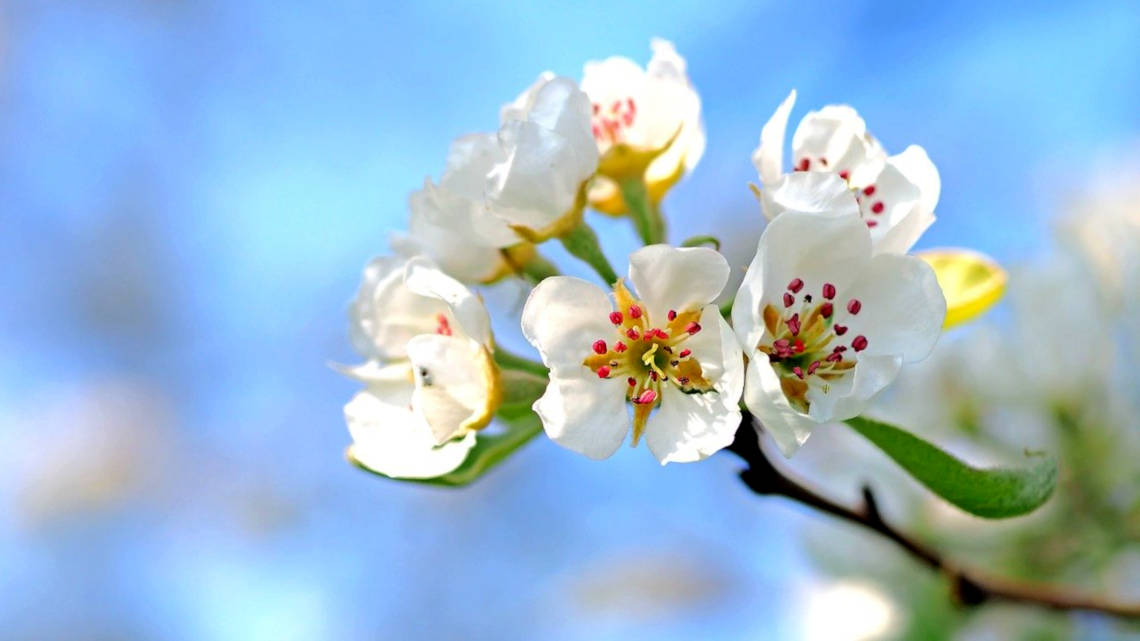For many years, medicine has been looking at many molecules from nature, but usually these compounds are so complex that it is difficult to chemically replicate them. If they do succeed, the basis for this is ultimately petroleum-based chemistry. In nature, by contrast, enzymes produce these complex molecules. One of these enzymes is the enzyme AmbDH3, which a team led by Frank Hahn has now investigated in greater detail. This enzyme is involved in the formation of Ambruticin, a suspected fungicide in bacteria.
